Ray 1 is the bisector of an angle ∠ A and B is any point on I. BP and BQ are perpendiculars from B to the arms of ∠ A (see the given figure). Show that:
(i) △APB=△AQB
(ii) BP = BQ or B is equidistant from the arms of ∠A
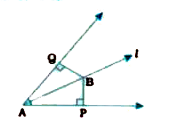 Solution in Gujrati
Solution in Gujrati
The correct Answer is:∠A
Step by step video, text & image solution for Ray 1 is the bisector of an angle angle A and B is any point on I. BP and BQ are perpendiculars from B to the arms of angle A (see the given figure). Show that: (i) triangleAPB=triangleAQB (ii) BP = BQ or B is equidistant from the arms of angleA by Maths experts to help you in doubts & scoring excellent marks in Class 9 exams.
Topper's Solved these Questions
Similar Questions
In an isosceles triangle ABC, with AB = AC, the bisectors of ∠Band∠C intersect each other at O. Join A to O. Show that :
(i) OB = OC (ii) AO bisects ∠A
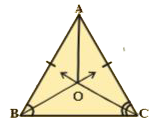 01:56View Solution
01:56View Solution△ ABC and △ DBC are two isosceles triangles on the same base BC and vertices A and D are on the same side of BC (see the given figure). If AD is extended to intersect BC at P, show that, ( i ) △ABD=△ACD(ii)△ABP=△ACP (iii) AP bisects ∠ A as well as ∠ D. (iv) AP is the perpendicular bisector of BC
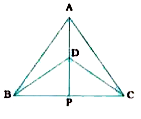 02:01View Solution
02:01View SolutionThe total surface area of a cuboid with length 20 cm, breadth 15 cm and height 10 cm is ……… cm2.
02:11View Solutionline l is the bisector of an angle ∠A and∠Bis any point on l. BP and BQ are perpendiculars from B to the arms of ∠A. Show that:
(i) ΔAPB≅ΔAQB
(ii) BP = BQ or B is equidistant from the arms of ∠A
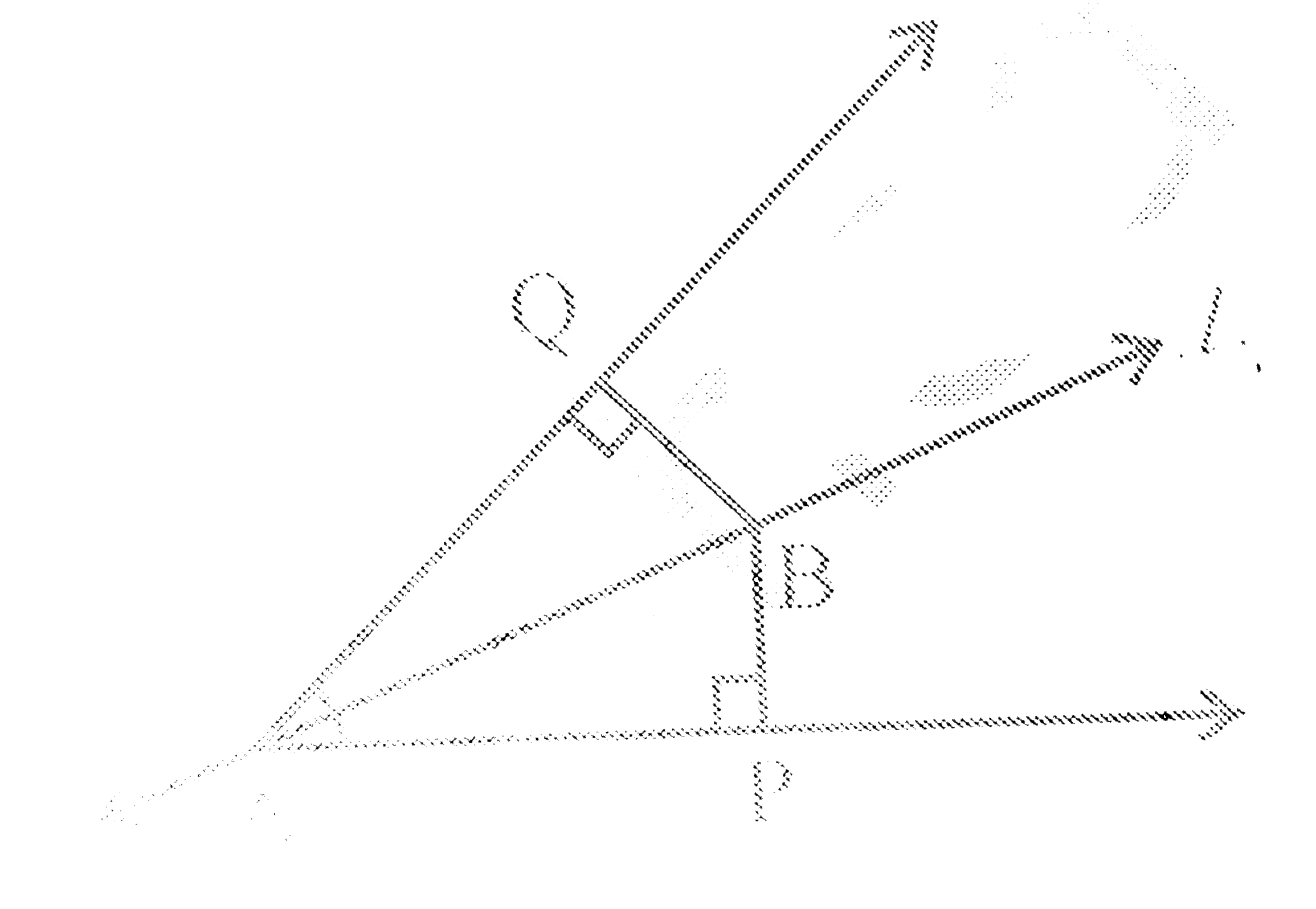 04:23View Solution
04:23View SolutionIn Figure, line l is the bisector of angle A and B is any point on l.BP and BQ are perpendiculars from B to the arms of A. Show that: APB ≅AQB BP=BQ or B is equidistant from the arms of ∠A
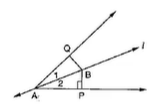 05:41View Solution
05:41View SolutionDetermine the point of symmetry of a regular hexagon.
03:02View SolutionIn the following figure, AB and BC are equidistant from the centre 'O' of the Show that
(a) ABC is an isosceles triangle.
(b) OB bisects angle ABC.
ltimg src="https://d10lpgp6xz60nq.cloudfront.net/physics_images/PS_MATH_X_C13_E02_006_Q01.png" width="80%"gt02:43View SolutionMatch the following Column A to Column B
 04:12View Solution
04:12View SolutionIn the given figure, PQRS is a parallelogram. A and B are the mid-point of ¯¯¯¯¯¯PQ and ¯¯¯¯¯SR respectively. If PS=BR, then the quadrilateral ADBC is a…………………… ,
ltimg src="https://d10lpgp6xz60nq.cloudfront.net/physics_images/PS_MATH_IX_C12_E05_020_Q01.png" width="80%"gt04:58View SolutionIn the given figure, line l is the bisector of an angle ∠A and B is any point on l. If BP and BQ are perpendiculars from B to the arms of ∠A, show that
(i) ΔAPB≅ΔAQB
(ii) BP = BQ, i.e., B is equidistant from the arms of ∠A.
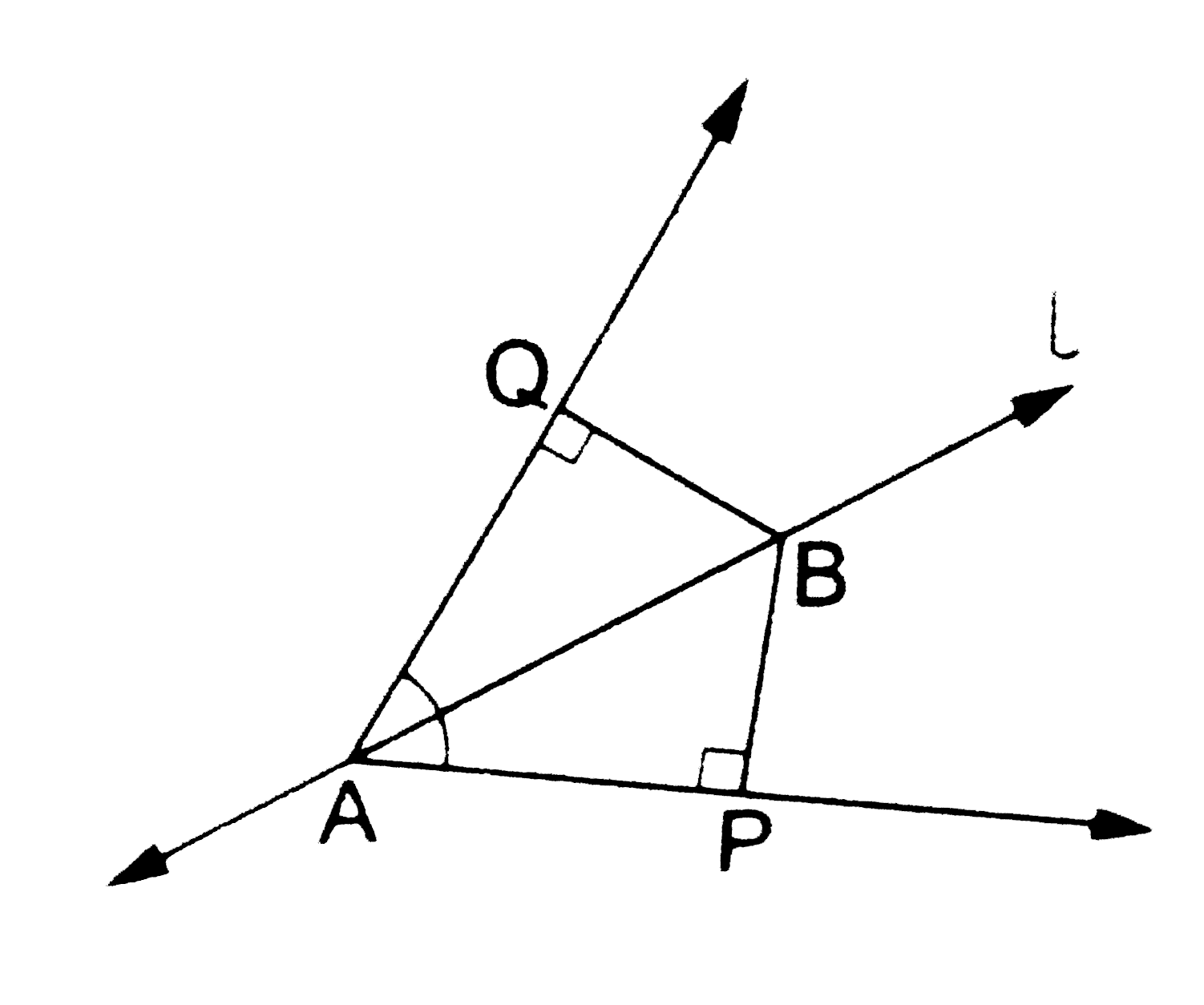 04:54View Solution
04:54View Solutionरेखा l कोण A को समद्विभाजित करती है और B रेखा l पर स्थित कोई बिंदु है। BP और BQ कोण A की भुजाओं पर B से डाले गए लम्ब हैं। दर्शाइए कि
(i) ΔAPB≅ΔAQB
(ii) BP=BQ है, अर्थात बिंदु B कोण की भुजाओं से समदूरस्थ है।
 04:12View Solution
04:12View Solutionरेखा l कोण A की समद्विभाजक है तथा l पर कोई बिंदु B है| BP और BQ बिंदु B से ∠Aकी भुजाओं पर लम्ब है तो दिखाइये कि-
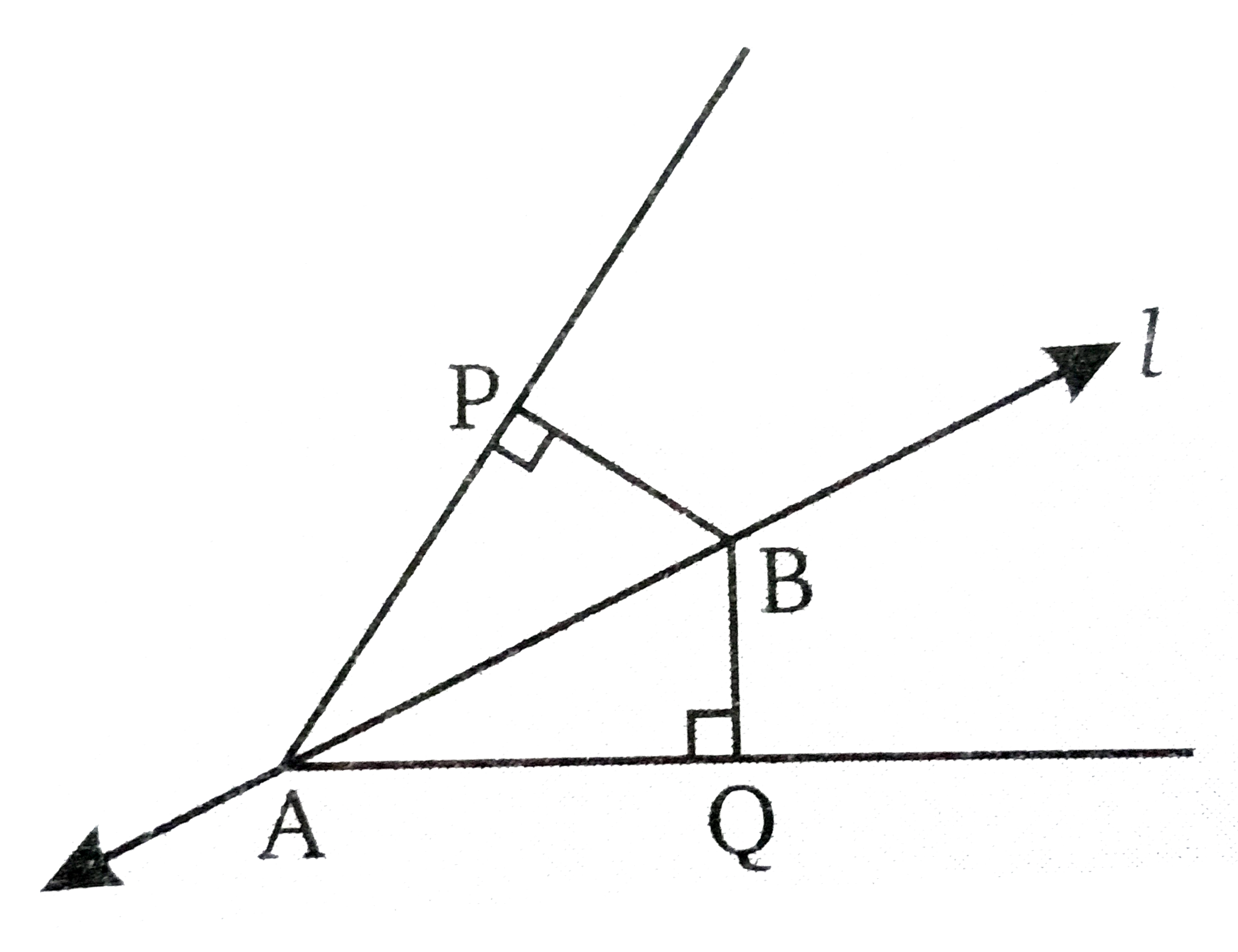
(i) ΔAPB≅ΔAQB
(ii) BP=BQ03:25View SolutionLine l is the bisector of an angle ∠A and B is any point on li. BP and BQ are perpendicular forms B to the arms of ∠A. Show that:
△APB≅△AQB
(ii) BP = BQ or B is equidisitant from the arms of ∠A.
 05:36View Solution
05:36View Solutionरेखा l कोण A को सम्द्धिभाजित करती है और B रेखा I पर स्थित कोई बिंदु है | BP और BQ कोण A की भुजाओ पर B से डाले गए लम्ब है ( देखिये आकृति ) | दर्शाइए कि-
(i) ΔPB ~-=ΔAQB
(ii) BP -= BQ है, अर्थात बिन्दु B कोण की भुजाओ से समदूरस्थ है |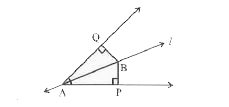 02:54View Solution
02:54View SolutionIn Figure, line l is the bisector of angle A and B is any point on l.BP and BQ are perpendiculars from B to the arms of A. Show that: APB ≅AQB BP=BQ or B is equidistant from the arms of ∠A
03:21View Solution

